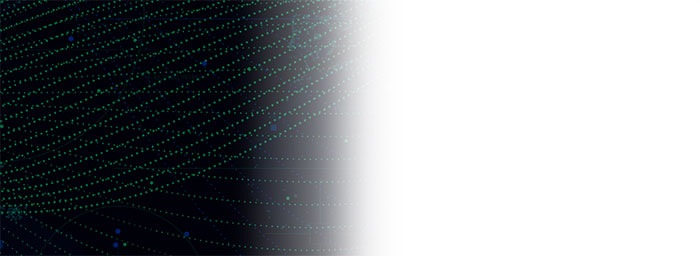Leaders of NATO nations convened in Washington, D.C., this week to discuss global security and the future of the 75-year-old military alliance. The leaders’ summit comes as elections and divisions abound, testing the resolve and changing the face of the 32-country organization, which recently confirmed Sweden as its newest member.
For the third year in a row, leaders from Australia, Japan, New Zealand, and South Korea attended the leaders’ summit. The ‘Indo-Pacific Four,’ as they’re known, are expected to meet today with their counterparts from Canada, the European Union, and the U.S. to discuss cybersecurity, emerging technologies, and countering disinformation, among other issues.
South Korean President Yoon Suk Yeol has sounded the alarm of late about expanding military co-operation between North Korea and Russia, stating last week that the partnership poses “a distinct threat and grave challenge to peace and security on the Korean Peninsula and in Europe.” Japanese Prime Minister Kishida Fumio has also fused together Asia and Europe on matters of security, telling the U.S. Congress in April that “Ukraine of today may be East Asia of tomorrow.”
Plans for a NATO liaison office in Tokyo were reportedly scrapped last year, following concerns from France that the office would unnecessarily antagonize Beijing. NATO identified China as a “security challenge” in 2022, and a U.S. official said over the weekend that, this year, NATO's draft communiqué contains “very solid” language on China.
Orbán trip, Trump talk rouse NATO
Hungarian Prime Minister Viktor Orbán — whose country acceded to NATO in 1999 — recently visited Kyiv, Beijing, and, controversially, Moscow, where he met with Russian President Vladimir Putin. Orbán framed his trips as a “peace mission,” arguing that Hungary is “slowly becoming the only country in Europe that can speak to everyone.” Hungary assumed the rotating presidency of the EU earlier this month.
The impending U.S. presidential election has also cast a pall over this week’s NATO proceedings. Former U.S. president Donald Trump, now up for re-election, said last month that an offer of NATO membership to Ukraine is a “mistake,” while a former top Trump official told Politico that, if Trump is re-elected, NATO allies in Eastern Europe should expect less support from Washington. Trump also called Canada “slightly delinquent” on defence spending.
NATO states agreed in 2014 to increase spending on defence to two per cent of GDP. Twenty-three NATO members have hit that threshold. Canada — which spends around 1.34 per cent of its GDP on defence — and eight other members remain under the mark. U.S. House Speaker Mike Johnson said Monday that Canada’s lagging defence spending was “shameful.”
Blair acknowledges ‘challenges’
Canadian Prime Minister Justin Trudeau was joined in Washington by Foreign Minister Mélanie Joly and Defence Minister Bill Blair. On Monday, Blair spoke with Foreign Policy magazine, stating that he was “in complete agreement with allies that Canada must do more [on defence].”
Blair also admitted the Canadian Armed Forces faces “some real staffing challenges,” a softening of his language compared to four months ago, when he called the military’s historical recruitment deficit a “death spiral.”
Jens Stoltenberg, the outgoing NATO secretary general, visited Canada in June. He both praised and prodded Ottawa, applauding Canada's “significant and substantial” support to Ukraine, while encouraging the government to prioritize further defence spending. Liberal MP Julie Dzerowicz, chair of the Canadian NATO Parliamentary Association, said this week that “Canada intends to surpass the [two per cent goal],” but didn’t provide an exact timeline.
